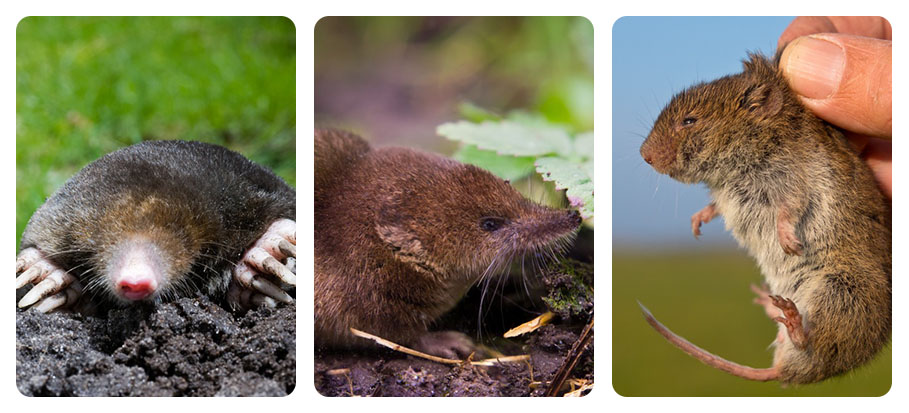
It is important to every gardener for their garden to look the way they imagined it all those winter months. It may be a flower garden in the yard or a vegetable garden meant to produce a good portion of the food on the table. In any case, the garden has to be vermin free. No produce-eating creatures can be allowed to destroy the vegetation and the soil.
Today we will talk about something that makes the heart of every passionate gardener beat a little faster. Molehills, paths and burrows of all sorts. What is digging holes in your garden during the night, and should you be worried?
- Moles
- Voles
- Shrews
- Mice
Who is this for:
- Hobby gardeners;
- People that have yards and lawns;
- People noticed small holes in lawns overnight, hills and pathways in their yards.
Moles
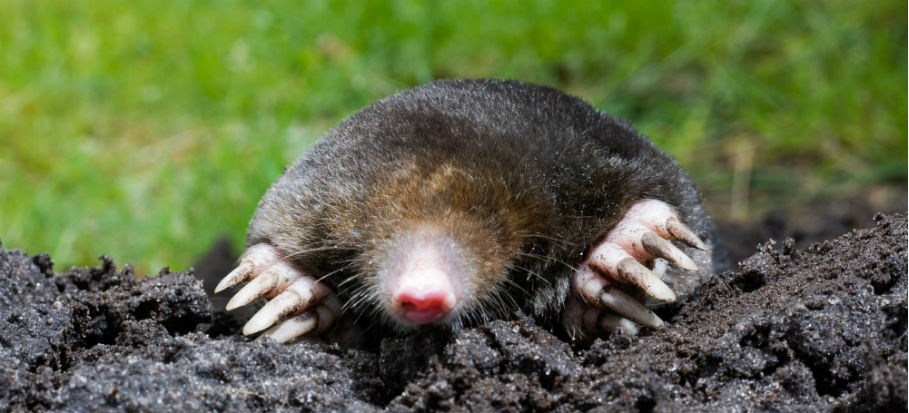
The mole is a mammal that you will rarely see above ground. It uses its spade-formed front limbs with huge nails to dig underground garden tunnels. Moles have dense dark grey fur that looks shiny and is very soft.
Moles with brown, rusty, light grey and even albino furs have been recorded, but the most common colour is dark grey/black. Their eyes and ears are almost invisible under the fur coat. Because of their underground lifestyle, they don’t use those organs, and with time, evolution found its way.
Males are slightly larger than females. A male mole’s length will be around 140mm, and the female’s, 130mm.
Moles in the garden
Let’s talk about the pros and cons of moles in the garden.
- natural control of insects and worms;
- tunnels and molehills are making the drainage of the soil better;
- molehills are a good resource of soil for potted plants.
- mole tunnels often destroy the roots of plants;
- molehills ruin the aesthetics of lawns.
Every gardener decides to remove the garden moles or just let them be.
The Molehills
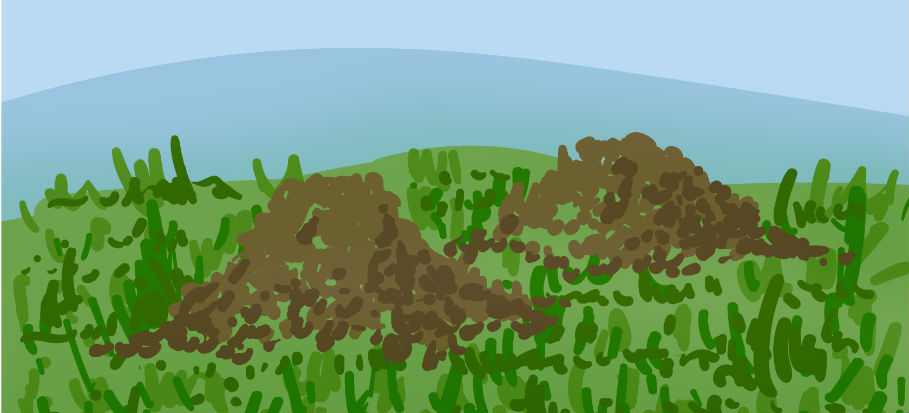
Molehills are a sure sign that you have garden moles invading your land. If you start seeing newer molehills popping around your yard, you definitely have moles in your property. The molehills are domed almost perfectly. The soil that is pushed out of the hole to form this molehill is in fine particles. You won’t be able to spot a hole because it will be covered with that dirt pile.
Most of the time, garden moles dig their tunnels deep, and the only thing to tell you about their presence would be the molehills. Sometimes, you may see a bulge on the ground, connecting two molehills. That would be a tunnel that is just not deep enough. You puncture a while in the middle of it and set up a trap if you want to catch the mole.
Vole vs Mole
First and most importantly, molehills will be present wherever there are moles. Moles are dark grey or black in colour, for the most part. They have weird spade-shaped front limbs, and their eyes and ears are almost invisible. Although, you will rarely have the chance to see one.
If you checked three of those, you have moles. Voles, however, don’t make hills above their holes. They are smaller and almost always dig a few holes next to each other, so they can have multiple options for escape.
Voles
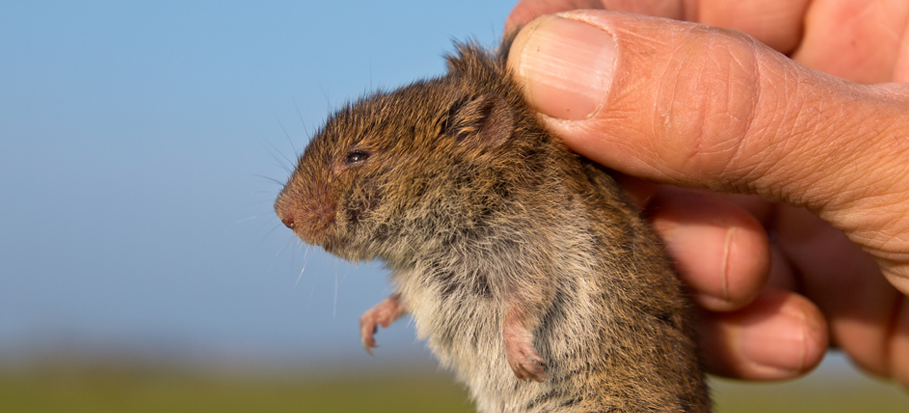
There are different species of voles, but we will concentrate on the field vole or common vole because it is the one most likely, to dig holes in the lawn. Voles are mouse-like rodents. They reach around 100mm in length and up to 50 grams in weight. Most people mistake them for mice. So, let us underline some key differences between voles and mice.
Vole vs Mouse
Voles have short tales. Mice’s tails would be almost as long as the body. Voles are dark brown in colour with rough-looking fur. Household mice have lighter colours, but what about field mice. Well, a good tell-tell sign that you are looking at a vole and not a mouse is the lack of ears. Mice have big ears poking through their fur coat, while those of voles are well hidden in the fur.
Voles in the garden
Vole’s habitat is mostly rough grassland. They don’t hang around places where the grass is well-trimmed because there is nothing to hide them and the passes they dig. Voles make holes in the ground where they live, but they also love to pass above ground.
If there is snow in your region, it is possible to see vole pass once it melts. Those mouse-sized trenches will be visible on your lawn, so voles won’t nest in them. However, if you don’t take good care of your yard and there are patches of tall grass, often near the fence, voles might as well settle in.
Vole Holes
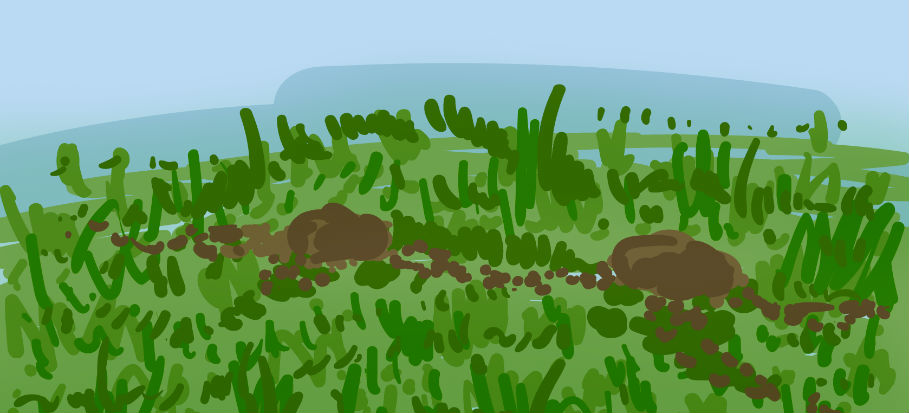
Voles dig golfball-sized holes. There are usually a couple of holes next to each other. Those additional entrances will point to different escape routes. So if you spot a couple of small holes in the lawn next to each other with angled entrances and hidden amongst vegetation, you can conclude that you have voles. The passes they do on lawns, mentioned in the paragraph above, is another telltale sign of voles present in your garden.
Shrews
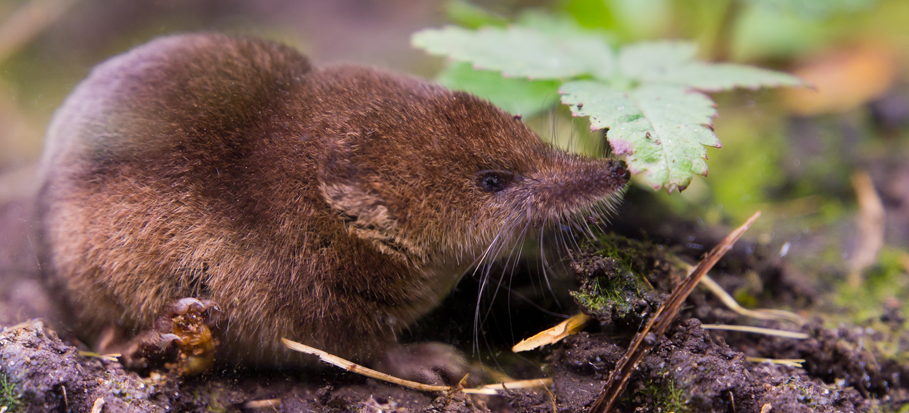
This long-nosed version of a mouse is often mistaken for one. So here is what shrews look like. Shrews are rarely larger than seven centimetres. Their fur looks fuzzy and is brown or grey. Their ears are hard to spot, and their eyes are small. The tail of the common shrew is also almost the length of its body. The main characteristic you can rely on to differentiate shrews from mice, field mice, baby rats and so on is their pointy nose.
If you spot that mouse Pinocchio, it is 100% a shrew. Another characteristic you can look for is the shorter tail. Shrews are short-tailed.
Shrews in the garden
Shrews are actually beneficial for your garden. They don’t eat plants, and their tunnels are not dug under plants, so they won’t harm them. As a matter of fact, shrews hunt many insect pests that may or may not feed on your plants and flowers.
In essence, shrews can serve as your natural pest control for the garden. Most gardeners won’t touch the holes of shrews and will just leave them be. But to do that, you need to be able to tell them apart from those of voles.
Shrew Holes
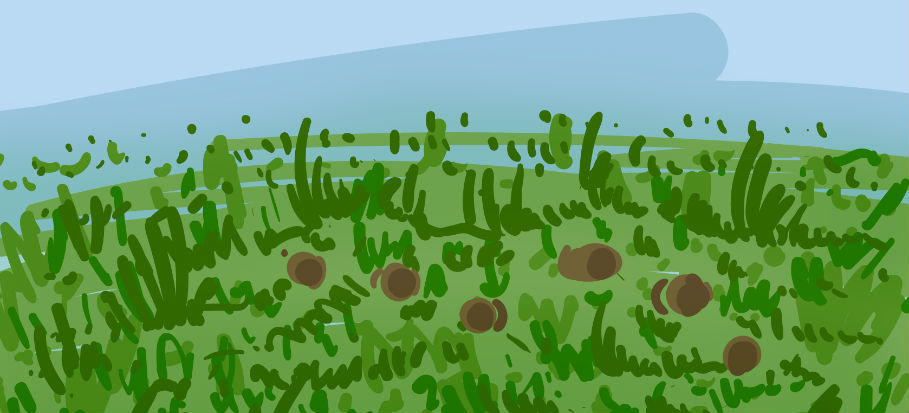
Shrews live in shallow tunnels, usually located under a rock or pavement in your garden. They dig tunnels similar to those of moles but are not destructive. You can tell them apart from other holes in the lawn thanks to their location (under a rock, block of pavement, big log etc.). Their small size and the fact that the holes will come at an angle will help you deduct the fact that you are observing a shrew hole.
Do Mice Dig Holes in the Ground
The house mouse – (Mus musculus) is highly unlikely to make holes in your garden. The same goes for rats. They will prefer to invade your house, for it will provide better conditions for them to live in. The burrowing animals we discuss above are just not so accustomed to living near humans and will gladly stay outside on your lawn, avoiding your presence.
However, mice and rats often take over the burrows of shrews and voles. They use their burrows and tunnels for nesting and moving around and, of course, attack their underground storage. You may spot a house mouse in a garden hole, but this does not mean that it was the one that dug it in the first place.
While searching on the internet, you may see sources claiming that mice dig holes in soil when in the wild. Yes, that is true, but there are a lot of mouse species in the world, like the field mouse, don’t assume that the text is for the same house mice that may roam your basement.
Are you worried about rodens in or around you property?
We can check your home and help remove them!

Conclusion
Often, a neglected yard is a reason for rodent infestations of properties. That is why a key element of our mice and rat control services is to rodent-proof the property. This limits the access points of the vermin inside your home, leaving them outside and vulnerable to predators and traps that you may set.
***
Now you can determine what is digging holes in your garden. We hope this article proved informative and valuable to you. Please, share any personal experiences and your questions in the comment section below.
Image source: depositphotos / Buurserstraat38, CreativeNature